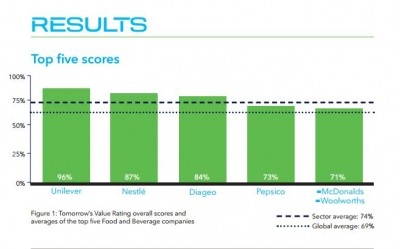EC report reveals the changing face of food innovation

The study examined the choice and innovation available to consumers in more than 300 shops across most of the European Union since 2004. It found that although the number of products available has increased continuously since then, the number of new product introductions has been declining each year since 2008 – a situation the EC says is largely due to the financial crisis.
The type of innovation also has changed over time.
“In 2004 innovation essentially consisted of new-to-the-world products and range extensions (e.g. new flavour), whereas in 2012, roughly a third of all innovations merely concerned the packaging of a product,” it said.
Breaking the data down by category, the report added: “In the case of canned vegetables, new products have been replaced by range extensions, while for pre-packaged bread both range extensions and packaging innovations became more important. In the case of mineral water, the proportion of new products did not change, but here range extensions have been replaced by packaging innovations.”
Impact of large retailers
The study was conducted in response to complaints that the presence of large food retailers tends to squeeze suppliers and prevent the introduction of new products. However, the Commission found that introducing new competitors always led to increased choice and innovation.
“The opening of a new shop leads the competing shops to offer more choice and innovation on their shelves. This supports the Commission's efforts to cease unnecessary restrictions on the creation of retail shops,” it said.
“In moderately concentrated retail markets, retailers' stronger bargaining power vis-à-vis suppliers does not seem to lead to less choice and innovation in food products….Moreover, the share of private labels in the assortment does not have a significant impact until it reaches a high level (depending on the category) at which it may become detrimental for choice and innovation.”
The concentration of major manufacturers has increased in most product categories, while the concentration of modern retailers, such as supermarkets, has increased in some member states and decreased in others.
“In local areas, modern retailer concentration seems to have slightly decreased on average because the main chains have entered each other's local markets,” it said.
The full study is available online here.

















